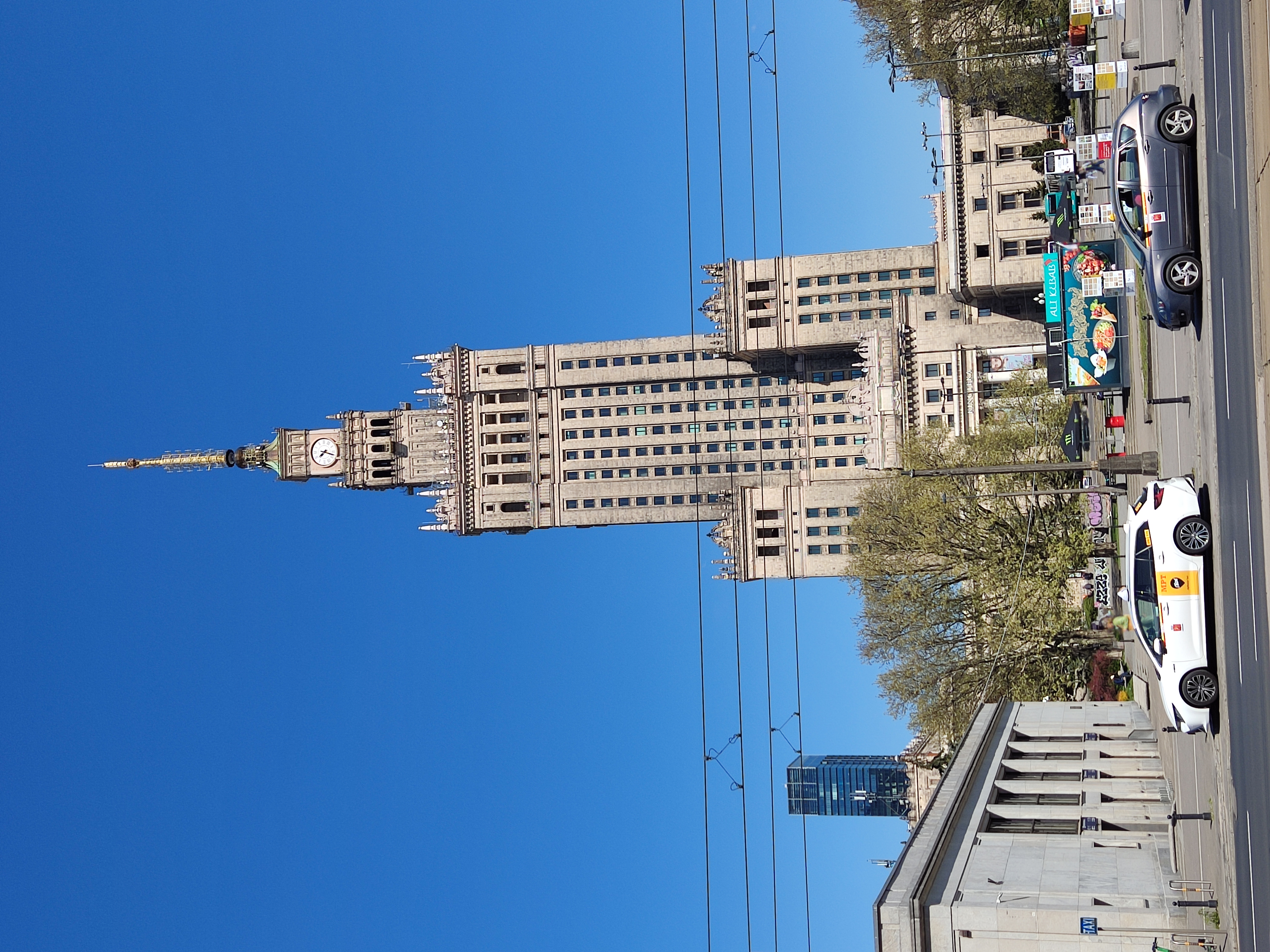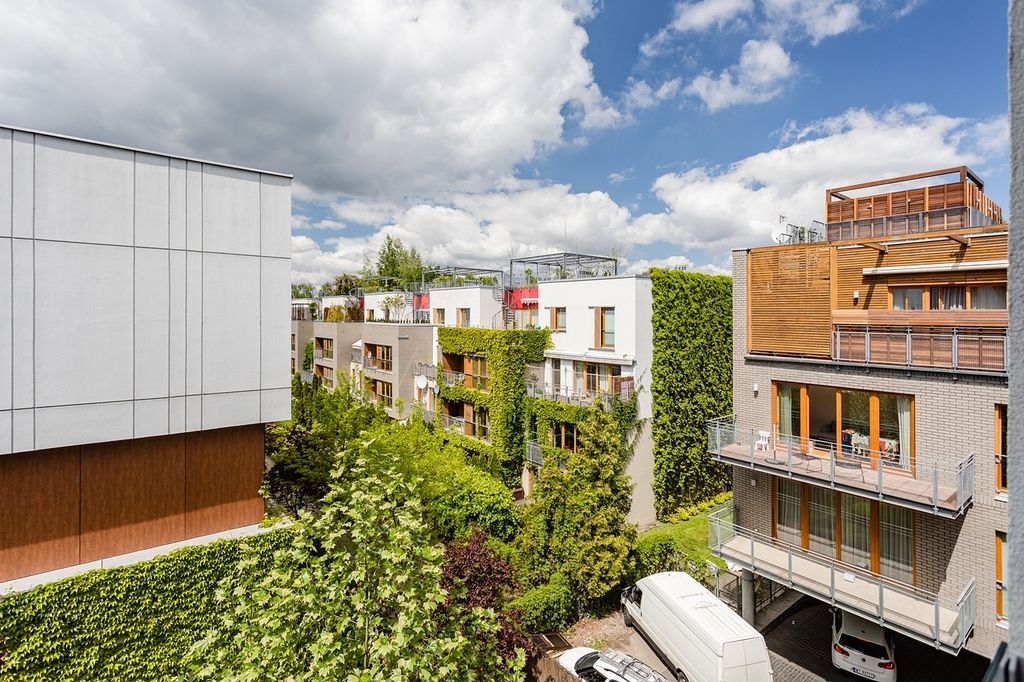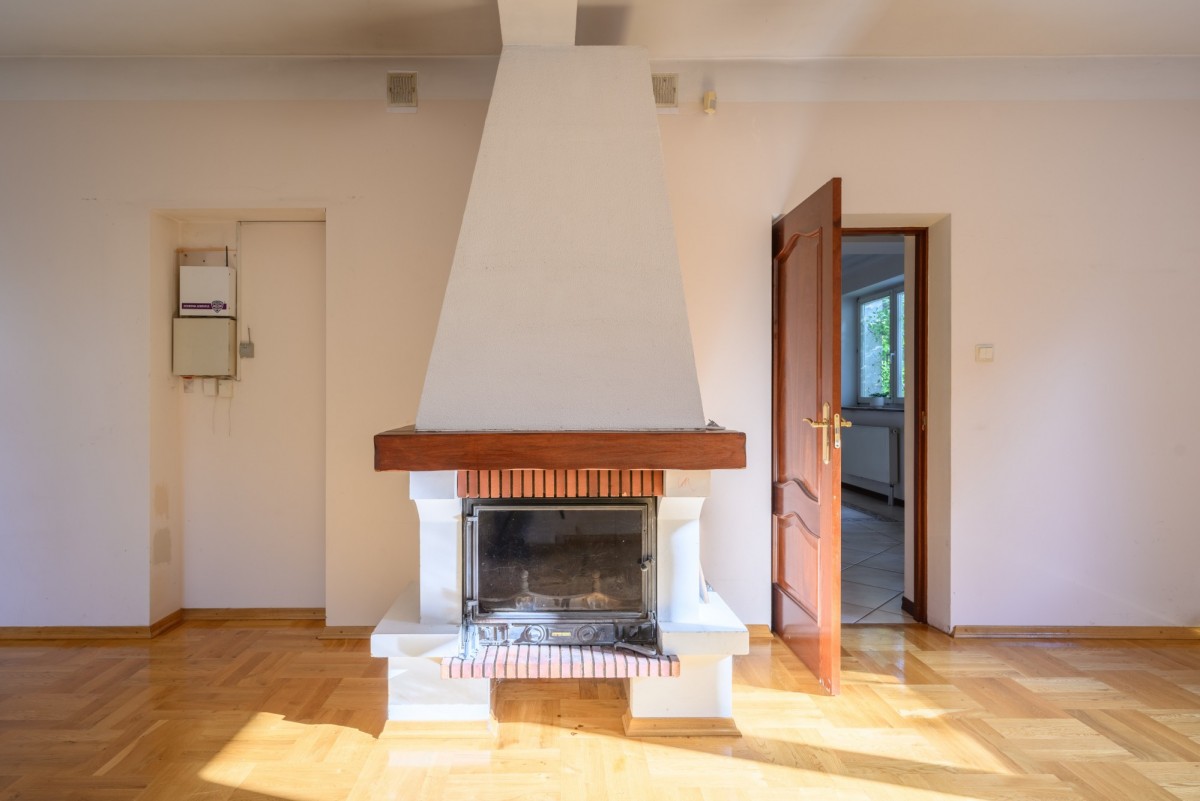The first skyscrapers in Warsaw

Among the first skyscrapers in Warsaw are the following 3 high-rise buildings (PAST building, 1910, height 51.5 m; Hotel Warszawa 1933, 66 m; Palace of Culture and Science 1955, 237 m). Conditionally, 2 temples can also be attributed here. This is the Catholic Church św. Augustyna (1896, 70 m) and the Orthodox Cathedral św. Aleksandra Newskiego (1912, 70 m). Alexander Nevsky Cathedral, the only one from this list, did not survive to our time, it was demolished in 1924-1026.
From the point of view of today, only the Palace of Culture and Science is a skyscraper.
1. The first skyscraper in Poland and Warsaw was the PAST building (Polska Akcyjna Spółka Telefoniczna, Polish Telephone Company), also known as PASTa. It was located in the Śródmieście Północne district in Warsaw and at the time of construction was the first skyscraper in the Russian Empire and the tallest building in Warsaw. The building was built between 1904 and 1910 in two phases. The lower part was completed in 1904-1905; the upper part was completed in 1907-1910.
The building resembled a medieval castle tower (Modernist New Historicism), with modern Art Nouveau interiors. It was built on Zielnej street for the Swedish telephone company "Cedergren". Its height from the base of the foundations to the top was 51.5 m. The tower had eight floors. At that time it was the tallest residential building and one of the first reinforced concrete structures of this type in Europe.
In 1922, the building was taken over by Polska Akcyjna Spółka Telefoniczna (PAST), which is why it is commonly referred to as PAST. Until 1934 it was the tallest building in Poland.
During the German occupation of Poland, the building was badly damaged. After World War II, it was rebuilt in a simplified architectural form. It became 11 floors, added a glass kiosk on the roof.
In 2003, the Sign "Fighting Poland" (anchor) was installed on the roof of the building. There is an observation deck on the top floor of the building.
2. The second oldest hotel is Hotel Warszawa, a historic skyscraper hotel in Warsaw, located on Powstańców Warszawy Square along Świętokrzyskiej Street. The building had a height of 66 m (16 floors) and was visible from many points in Śródmieścia.
Built between 1931 and 1933 in the art deco style called Prudential House, the skyscraper served as the base for the British insurance company Prudential. At the time of construction, it was the tallest building in interwar Poland and the second tallest in Europe. Initially it was supposed to have 11 floors, but the number of floors was increased to 16, as the Prudential was supposed to dominate the urban landscape for reasons of representativeness. Built using a steel frame.
Office space was located in the lower part of the building, luxury apartments were located on the upper floors. Between them, on the sixth floor, were service apartments and utility rooms. In the service part, there were premises not only for Prudential, but also for other companies.
In 1937, the first television transmitter in Poland was installed on the roof of the Prudential, and shortly thereafter, the first television broadcast began.
The building was badly damaged during World War II, especially during the Warsaw Uprising. It became one of the first targets of German artillery fire. Despite significant damage, the building survived the first part of the war and became a symbol of the Warsaw Uprising. In the first days of the fighting, a 600-mm shell hit the building. Due to frequent artillery shelling, the building deviated from the vertical, but the solid structure survived.
The first major reconstruction was carried out in 1950-54. The skyscraper was adapted to the premises of socialist realism and its function was changed to a hotel. The Warsaw Hotel opened in 1954 and included 375 rooms, a large restaurant, cafe and night club. Hotel "Warsaw" worked at this place until 2002. The building was then sold. After the reconstruction, the façade was restored to its pre-war Art Deco look, while the socialist realist interior was rebuilt in a modern style.
In November 2018, the 142-room Warszawa Hotel reopened as a five-star luxury hotel. On the roof there is a unique terrace overlooking the Warsaw skyline. The hotel has 2 restaurants "Warszawska" and "Szóstka". The restaurant "Warszawska" impresses with concrete pillars, which are part of the original structure, which were excavated during renovation work. In the Szóstka restaurant, as before the war, hotel guests can admire the panorama of Świętokrzyskiej Street from a special terrace adjacent to the restaurant. The hotel responds to the idea of the coexistence of a high-class monument and a luxurious, comfortable hotel. The history of this building accompanies almost every step. Of particular note are the concrete load-bearing ceilings or parts of the original façade visible in some rooms.
3. Finally, the championship in height in 1955 in Poland was intercepted by the Palace of Culture and Science (Pałac Kultury i Nauki; abbreviated as PKiN) - the most famous high-rise building in the center of Warsaw, Poland. Its total height is 237 meters. So far, it is the second tallest building in both Warsaw and Poland (after Varso Tower), the sixth tallest building in the European Union and one of the tallest in Europe. When completed in 1955, the Palace was the eighth tallest building in the world, holding that position until 1961. It was also the tallest clock tower in the world prior to the installation of the clockwork on the NTT Docomo Yoyogi Building in Tokyo, Japan.
Inspired by Polish historic architecture and American high-rise Art Deco buildings, the Palace of Culture and Science was designed by Soviet architect Lev Rudnev in the Seven Sisters style and is informally referred to as the Eighth Sister.
The palace houses various public and cultural institutions such as theatres, cinemas, libraries, university faculties and organs of the Polish Academy of Sciences. The building is surrounded by a collection of sculptures representing figures of culture and science, and at the main entrance there are sculptures of the Polish astronomer Nicolaus Copernicus by Ludwika Nytchova and the Polish poet Adam Mickiewicz by Stanislav Gorno-Poplavsky. Since 2007, PKiN has been included in the Register of Cultural Heritage Objects.
A lot of materials have been written about the Palace of Culture and Science, which can be additionally viewed on the Internet.
Blog


Change in prices for residential real estate in Warsaw in 2006 - 2021
Data on the quarterly change in prices for residential real estate in Warsaw for the period 2006 - 2021 (PLN/sq.m)

Ban on heating houses with coal, oil and gas in Poland
Ban on heating houses with coal, oil and gas in Poland





